Health and Medicine
Explore Health and Medicine
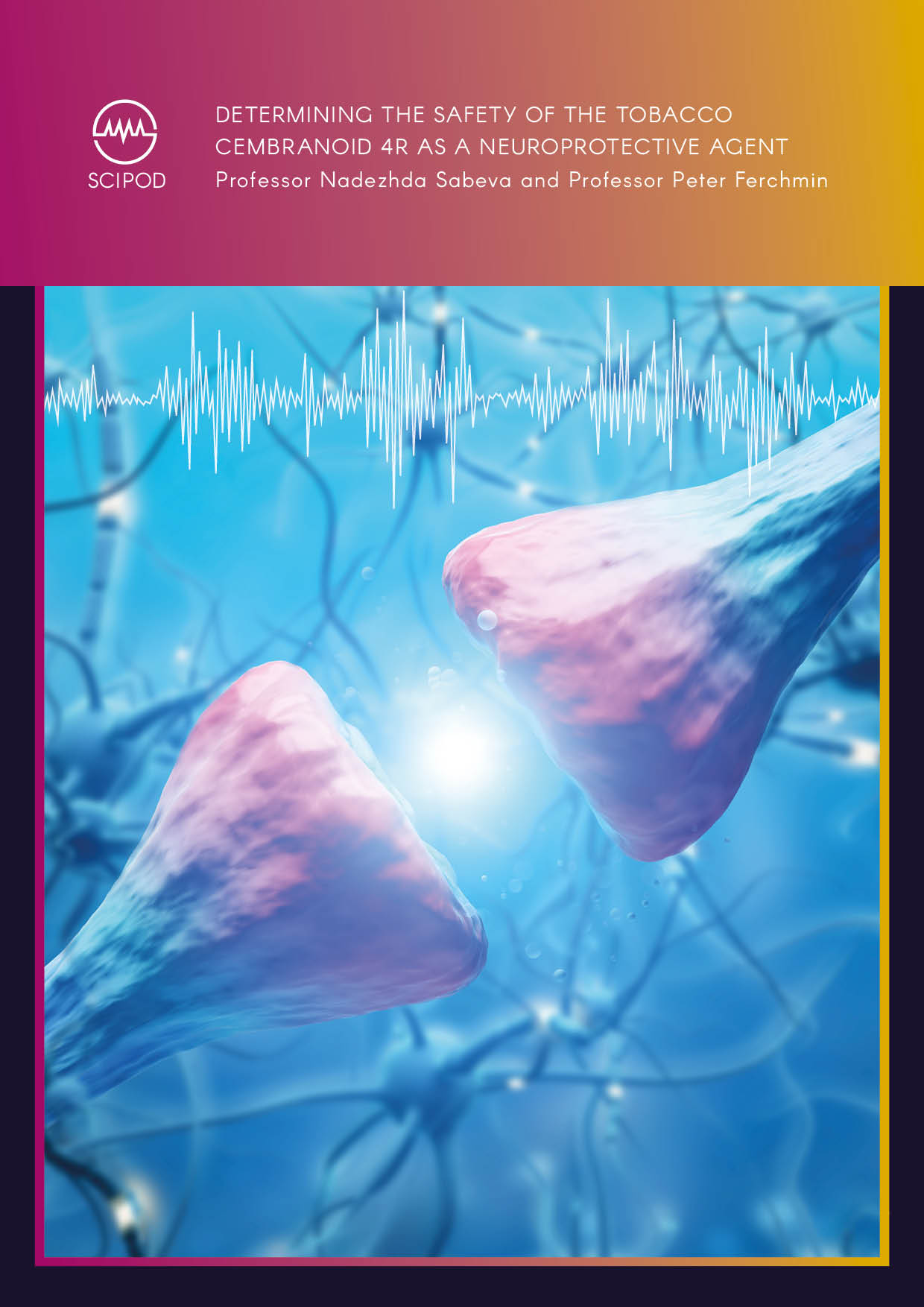
Professor Nadezhda Sabeva – Professor Peter Ferchmin | Determining the Safety of the Tobacco Cembranoid 4R as a Neuroprotective Agent
Increased use of organophosphate chemicals in industry, agriculture and warfare has led to a rising threat of exposure to these neurotoxins in civilian and military populations. Though their danger has been recognised and efforts made to decrease concentrations used, even at low doses these chemicals can still pose significant risks to exposed individuals. Finding effective treatments to counteract the impact of exposure is becoming increasingly important and is the focus of research by Professor Nadezhda Sabeva and Professor Peter Ferchmin at the Universidad Central del Caribe, Puerto Rico.
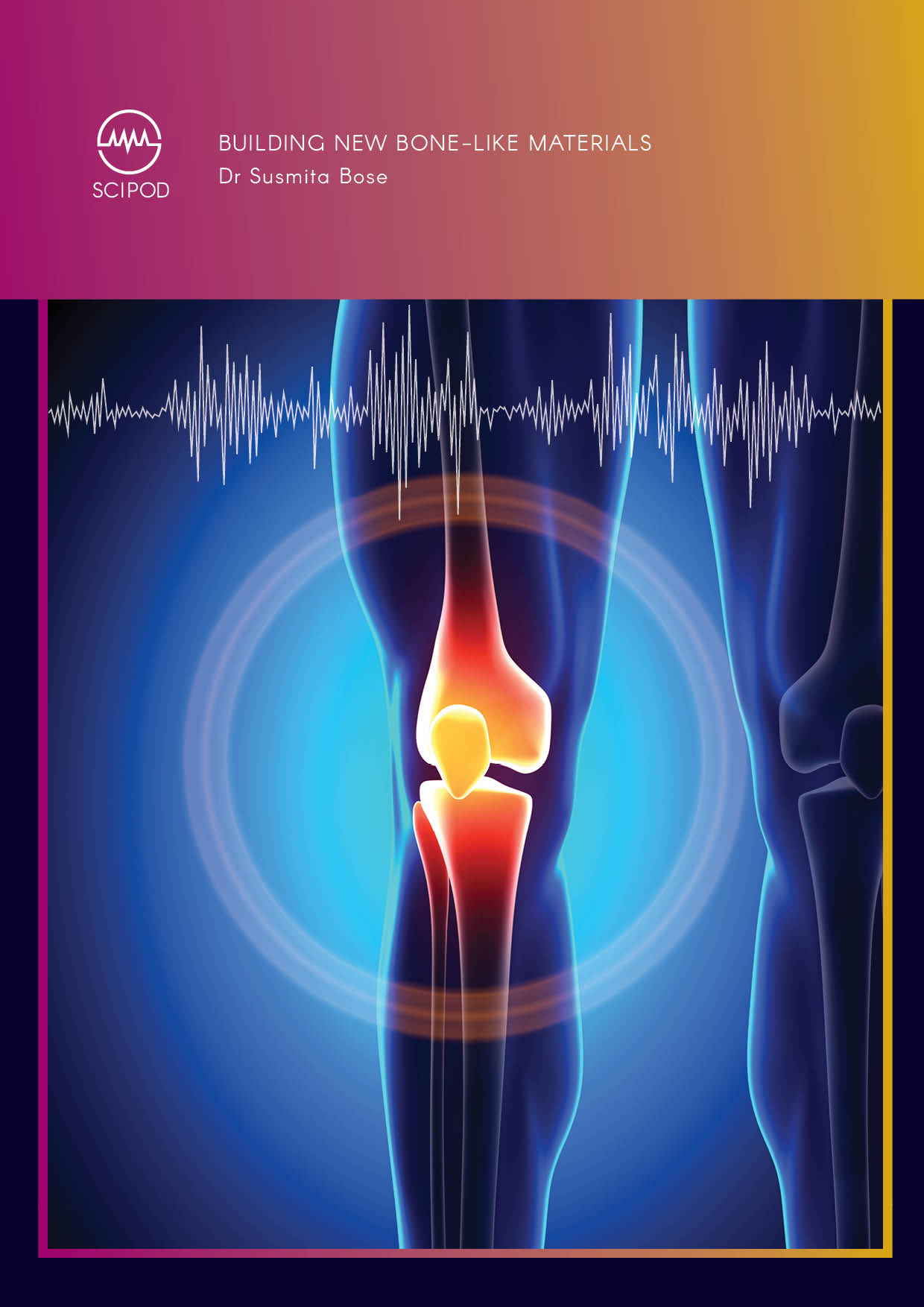
Dr Susmita Bose | 3D Printed Bone-like Materials for Delivering Natural Medicine
Some of the greatest advances in medical history have revolved around the creation of new materials that can replace damaged tissues in the body. Today, many researchers focus on creating materials that can replace damaged bone tissue, which often cannot heal naturally. Dr Susmita Bose and her team at Washington State University have been researching ways to engineer exciting new materials that mimic the structure of natural bone, allowing us to live happier, healthier, and longer lives.
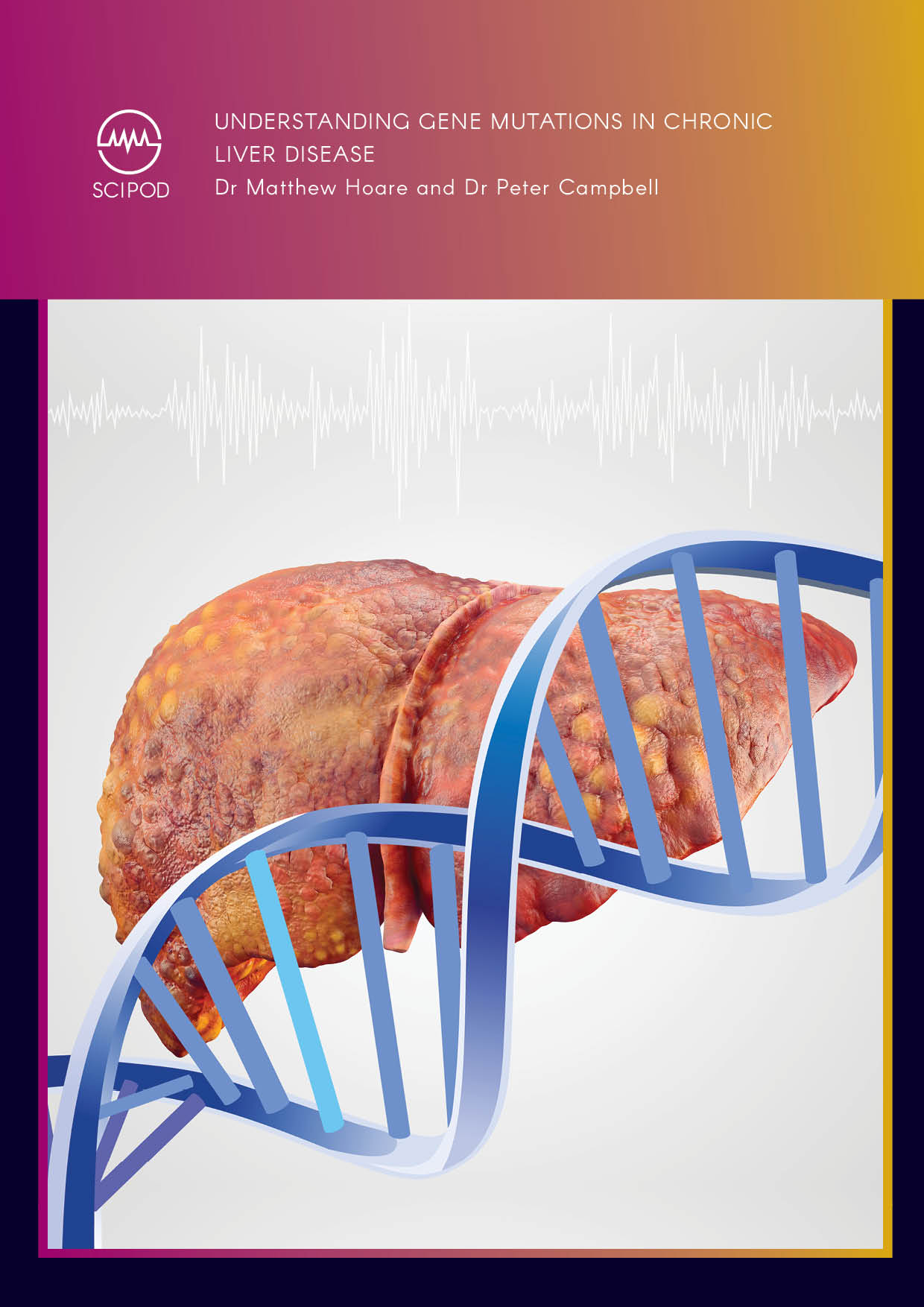
Dr Matthew Hoare | Dr Peter Campbell – Understanding Gene Mutations in Chronic Liver Disease
Liver disease is reported to be the third largest cause of premature death in the UK, with 75% of patients being diagnosed too late for any meaningful intervention. Dr Matthew Hoare from the University of Cambridge, and Dr Peter Campbell from the Sanger Institute, lead a team conducting research into the genome changes associated with chronic liver disease to help understand the cause and consequence of these changes.
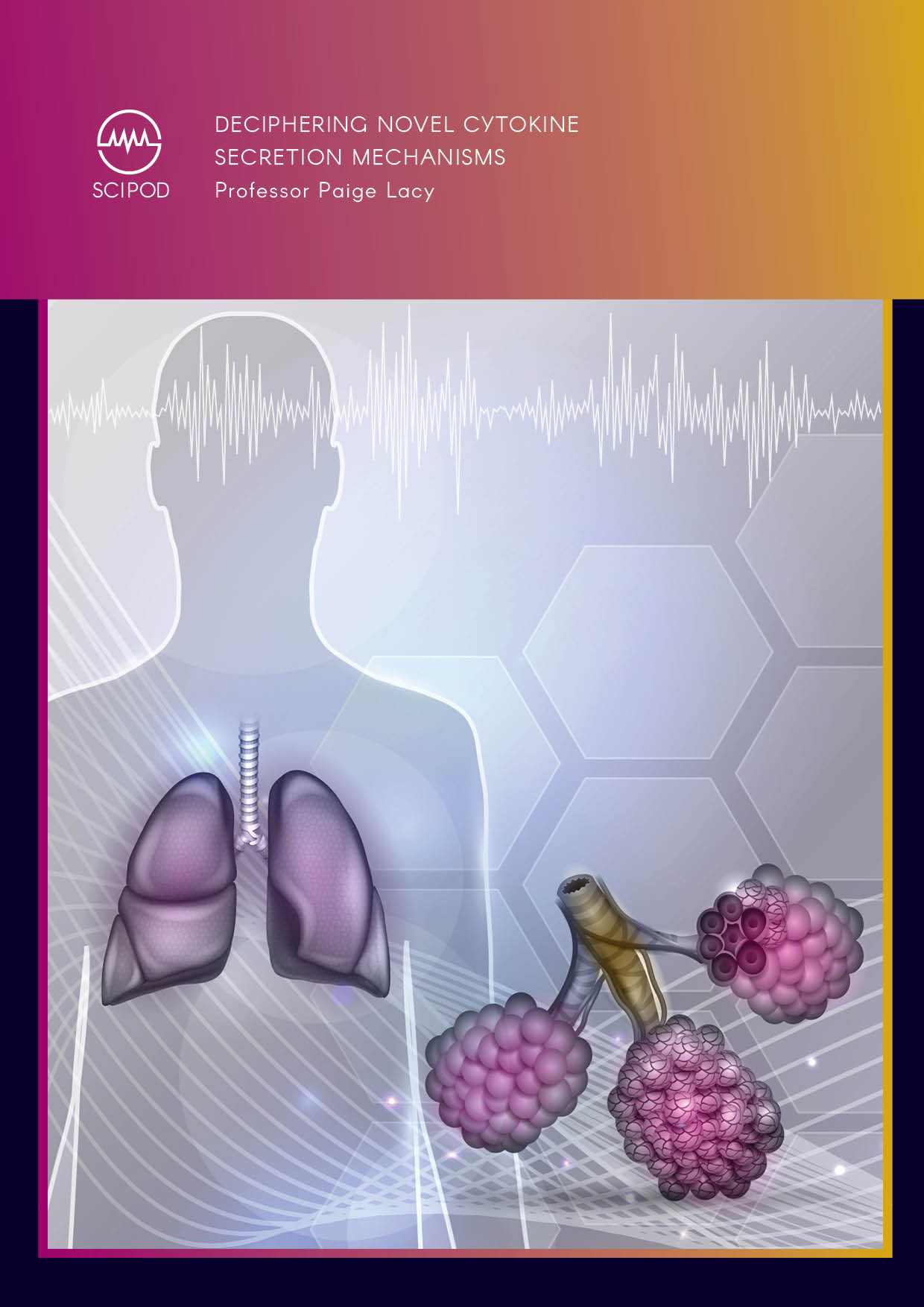
Professor Paige Lacy | Deciphering Novel Cytokine Secretion Mechanisms
Following exposure to injury or infection, the body elicits a counteractive immune response which involves many different cell types and processes. Cytokines are substances secreted by cells which play a pivotal role in the regulation of this response. Professor Paige Lacy and colleagues in the Department of Medicine at the University of Alberta in Edmonton, Canada, have conducted extensive research into the exact mechanisms underpinning the regulation of cytokine release during the immune response with a particular focus on airway inflammatory disorders.
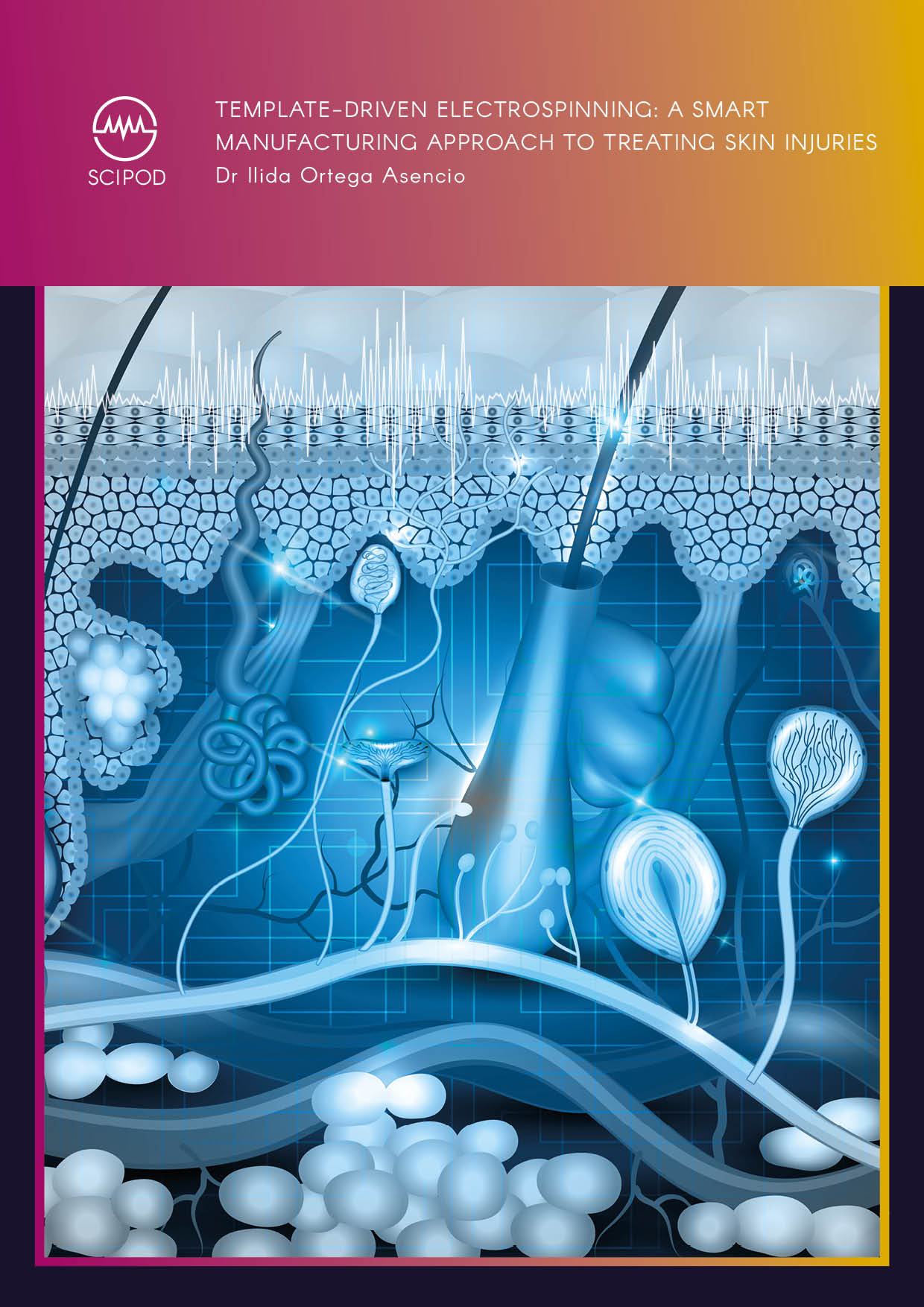
Dr Ilida Ortega Asencio | Template-driven Electrospinning: A Smart Manufacturing Approach to Treating Skin Injuries
Human skin acts as an important line of defence against the external environment. To preserve this important function, the regeneration of injured skin is critical. Scientists are now able to artificially replicate aspects of the complex microenvironment in which human skin stem cells reside thanks to the technological advances in the field of biomaterial devices. Dr Ilida Ortega Asencio, from the University of Sheffield, UK, and her team have developed a new approach in which electrospun patches with defined microenvironments can be functionalised with key compounds to aid the formation of new blood vessels in injured skin.

Dr Dipak Panigrahy | Chemotherapy- and Carcinogen-induced Cell Debris Initiates Cancer Recurrence
Chemotherapy, one of the mainstays of cancer treatment, can unfortunately act as a double-edged sword. While achieving the intended aim of killing cancerous cells, it also generates an accumulation of cell debris, which in turn, promotes tumour growth by stimulating inflammation in the tumour microenvironment. Dr Dipak Panigrahy and his colleagues from Harvard Medical School, USA, have conducted several studies in mice showing that targeting the tumour cell debris-mediated surge of proinflammatory and protumourigenic factors provides a strategy for enhancing the efficacy of chemotherapy.
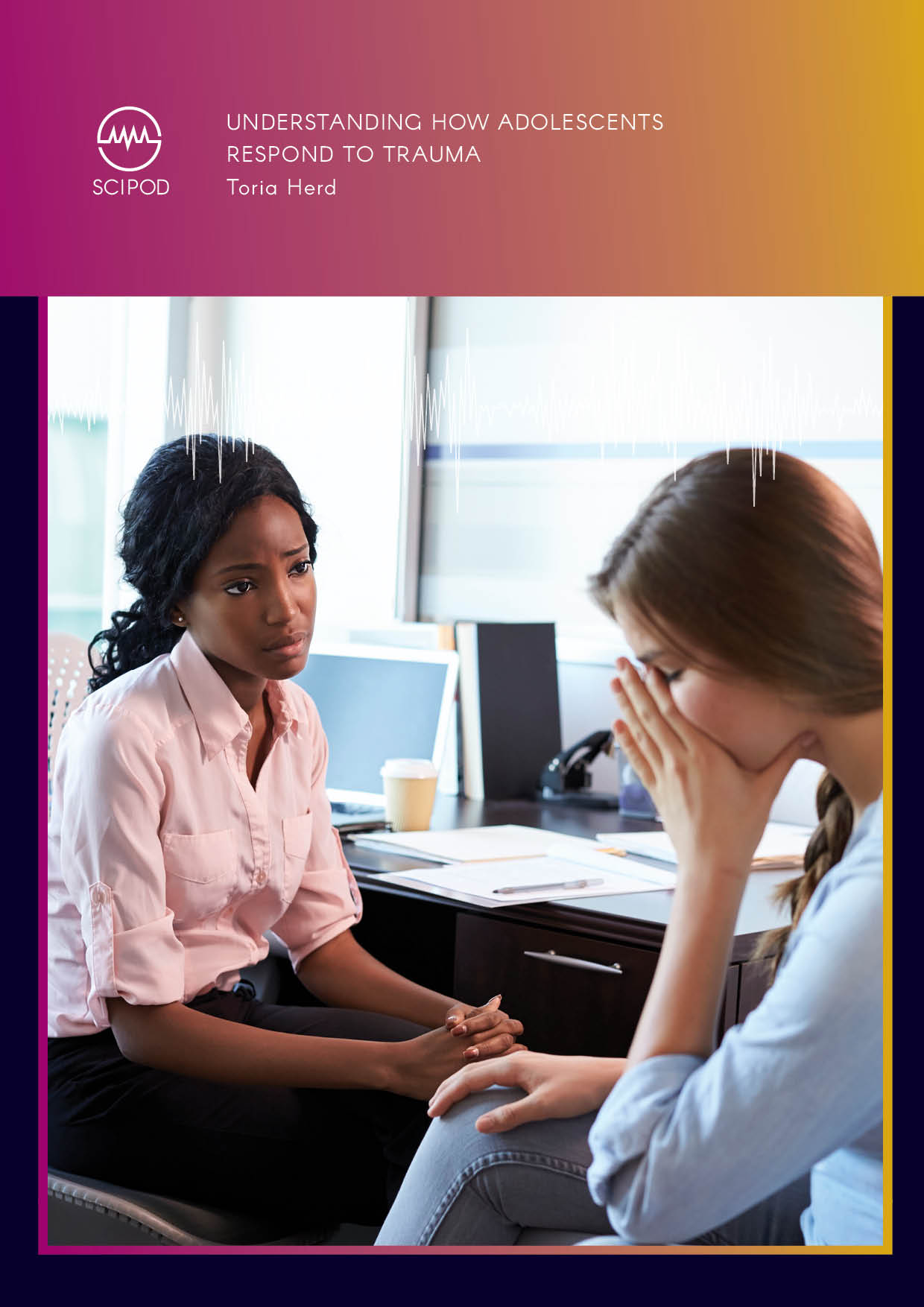
Toria Herd | Understanding How Adolescents Respond to Trauma
Children and youth who experience trauma often develop posttraumatic stress symptoms, and some go on to develop posttraumatic stress disorder or PTSD. Toria Herd from the Pennsylvania State University, US, is exploring the factors that put adolescents at risk of developing PTSD and also those that may protect against this consequence associated with trauma exposure. Her findings have important implications for the trauma-informed care of young people and the reduction of the long-term impact of trauma on individuals and families.
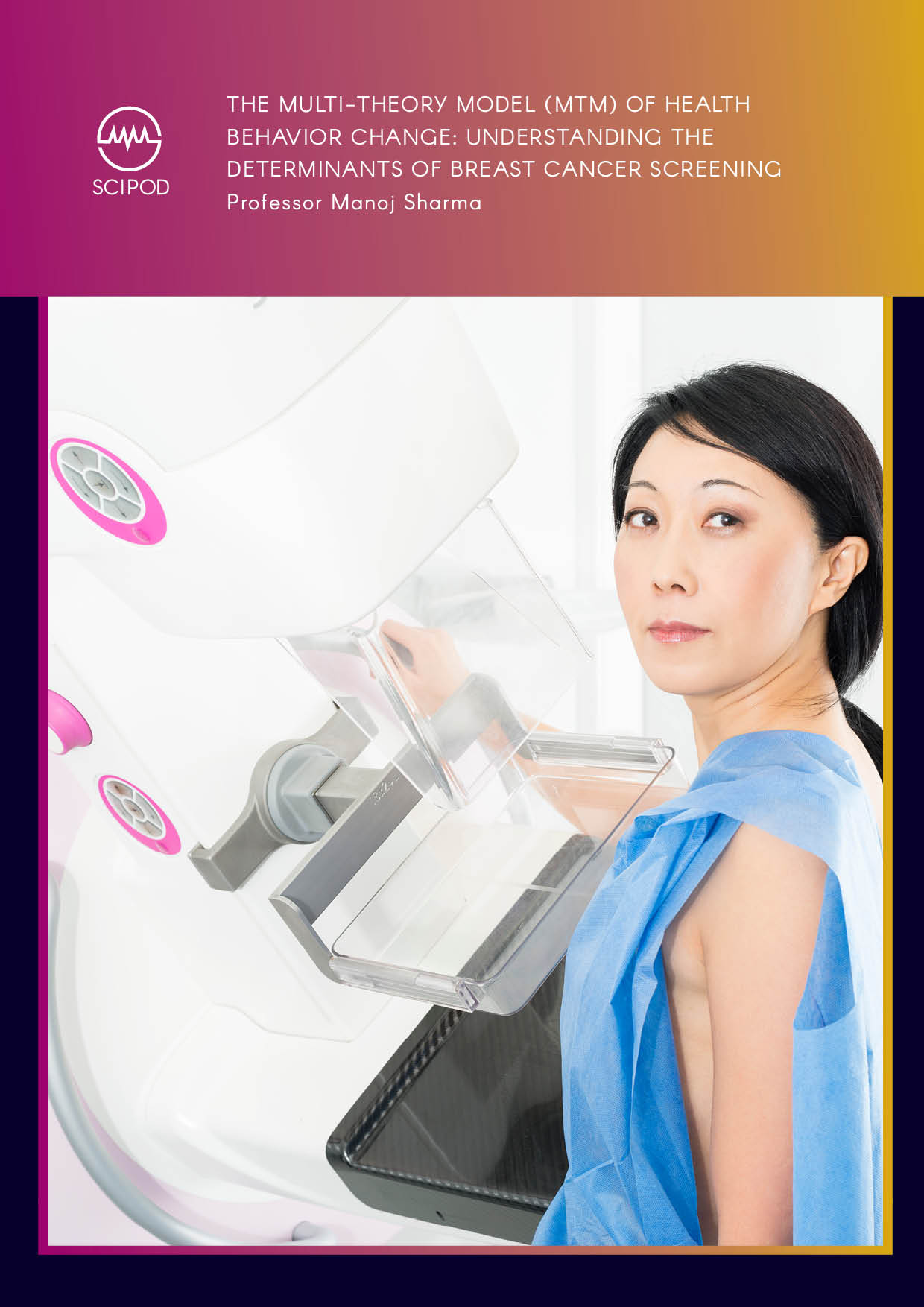
Professor Manoj Sharma | The Multi-theory Model (MTM) of Health Behavior Change: Understanding the Determinants of Breast Cancer Screening
The multi-theory model (MTM) of health behavior change provides a theoretical framework for understanding and promoting health behaviors. Professor Manoj Sharma from the University of Nevada, Las Vegas, the originator of this model, has applied this model to breast cancer and undertaking mammography screening in women from groups underserved in current healthcare. His findings have important theoretical and practical implications.
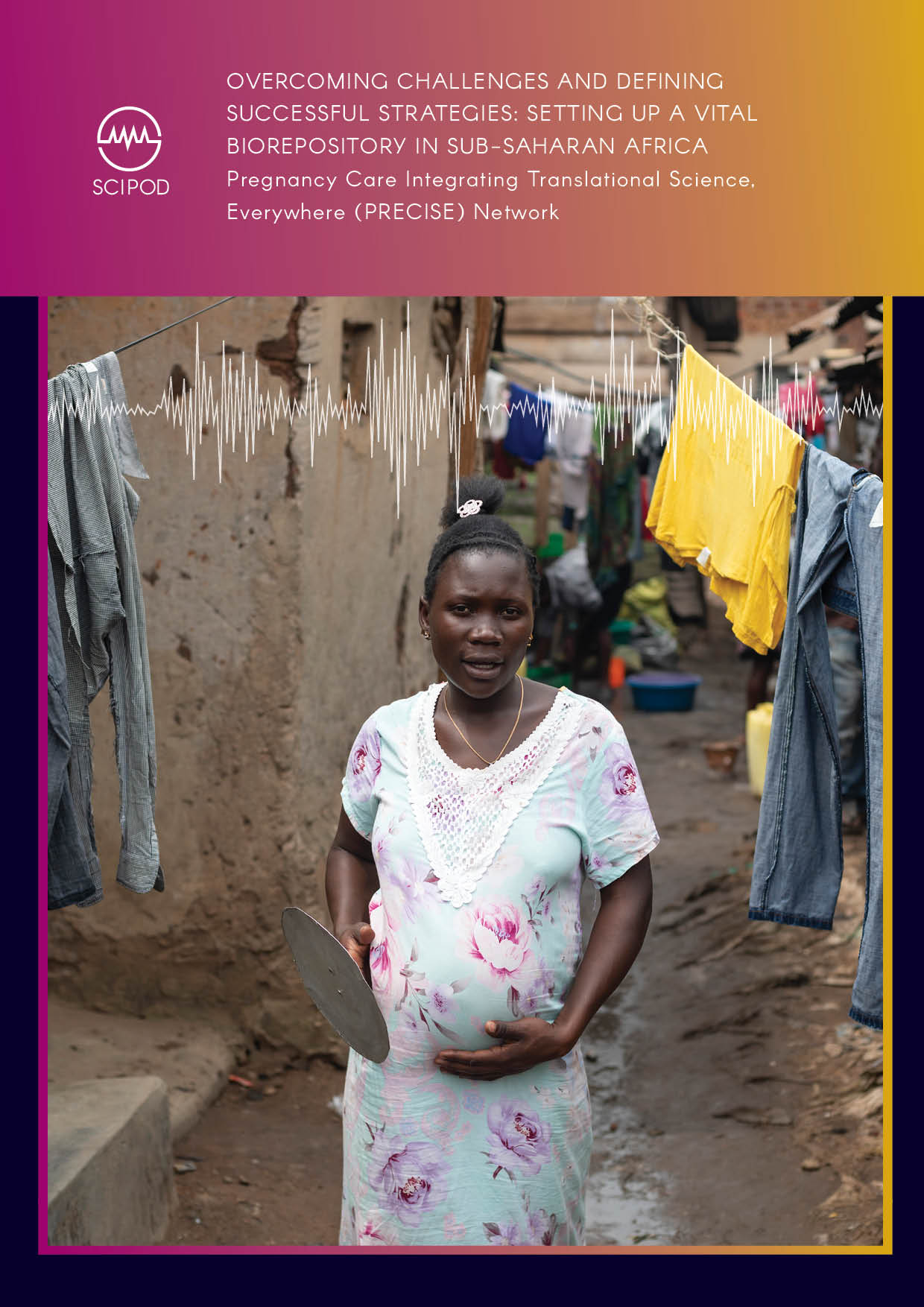
Overcoming Challenges and Defining Successful Strategies: Setting up a Vital Biorepository in Sub-Saharan Africa
The UK-based Pregnancy Care Integrating Translational Science, Everywhere (PRECISE) Network has set up biorepositories across sub-Saharan Africa to investigate the causes of placental pregnancy complications and enhance research capacity. The project encountered several challenges relating to facilities, staffing, training, cultural barriers, procurement, shipping and sample storage which impacted project timings and budget. However, with appropriate training and infrastructure development, the researchers have shown that is possible to facilitate high-quality sample collection in this region. This important achievement provides vital encouragement in support of establishing further biorepositories in less affluent regions.
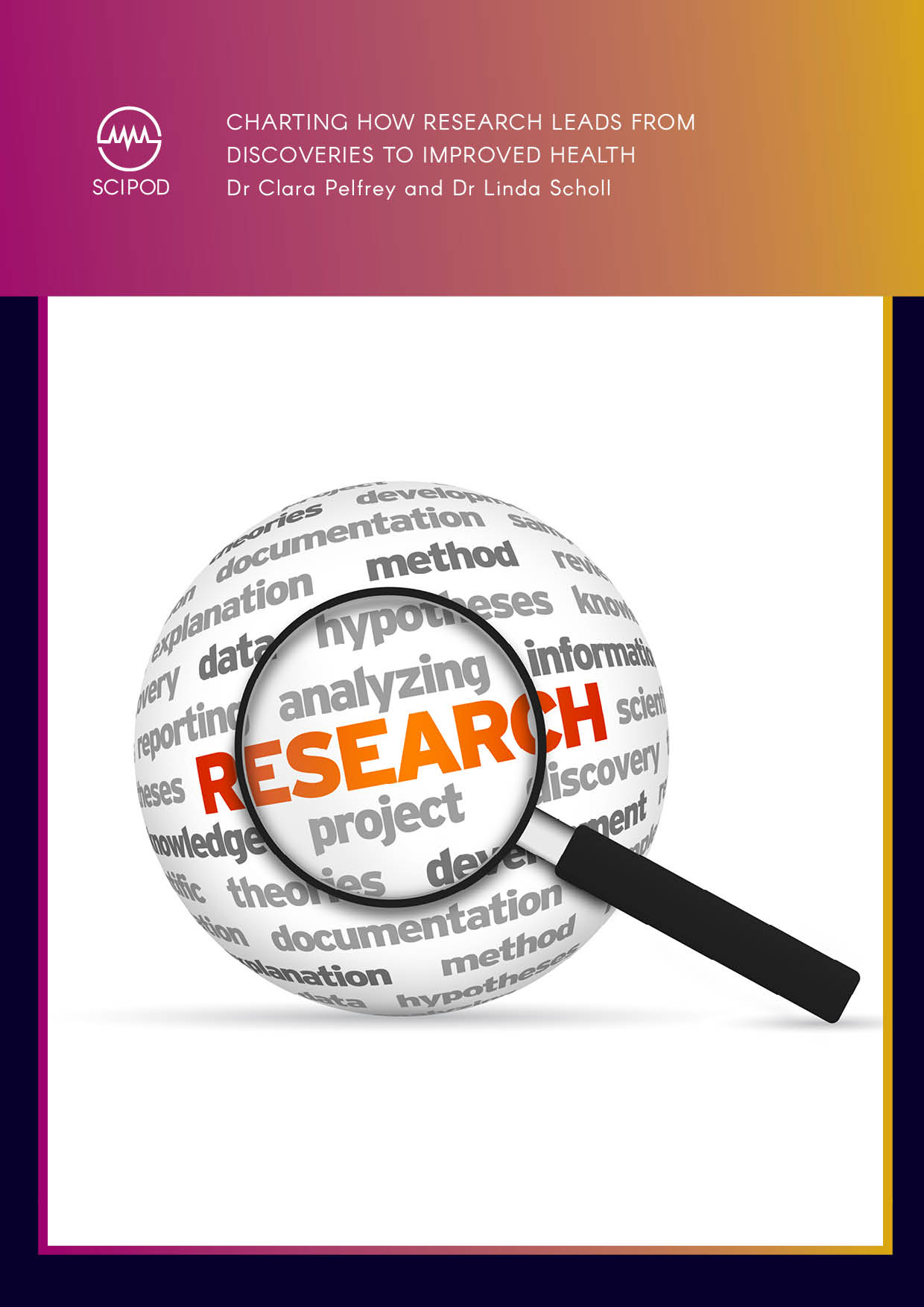
Dr Clara Pelfrey – Dr Linda Scholl | Charting How Research Leads from Discoveries to Improved Health
Interventions designed to improve health, including targeted drugs and medical devices, typically undergo a complex and lengthy process of development. In a collaboration between the University of Wisconsin-Madison, Cornell University, the National Institutes of Health and Case Western Reserve University in the USA, experts Dr Clara Pelfrey, Dr Linda Scholl and colleagues have designed a case study protocol to improve understanding of this process.
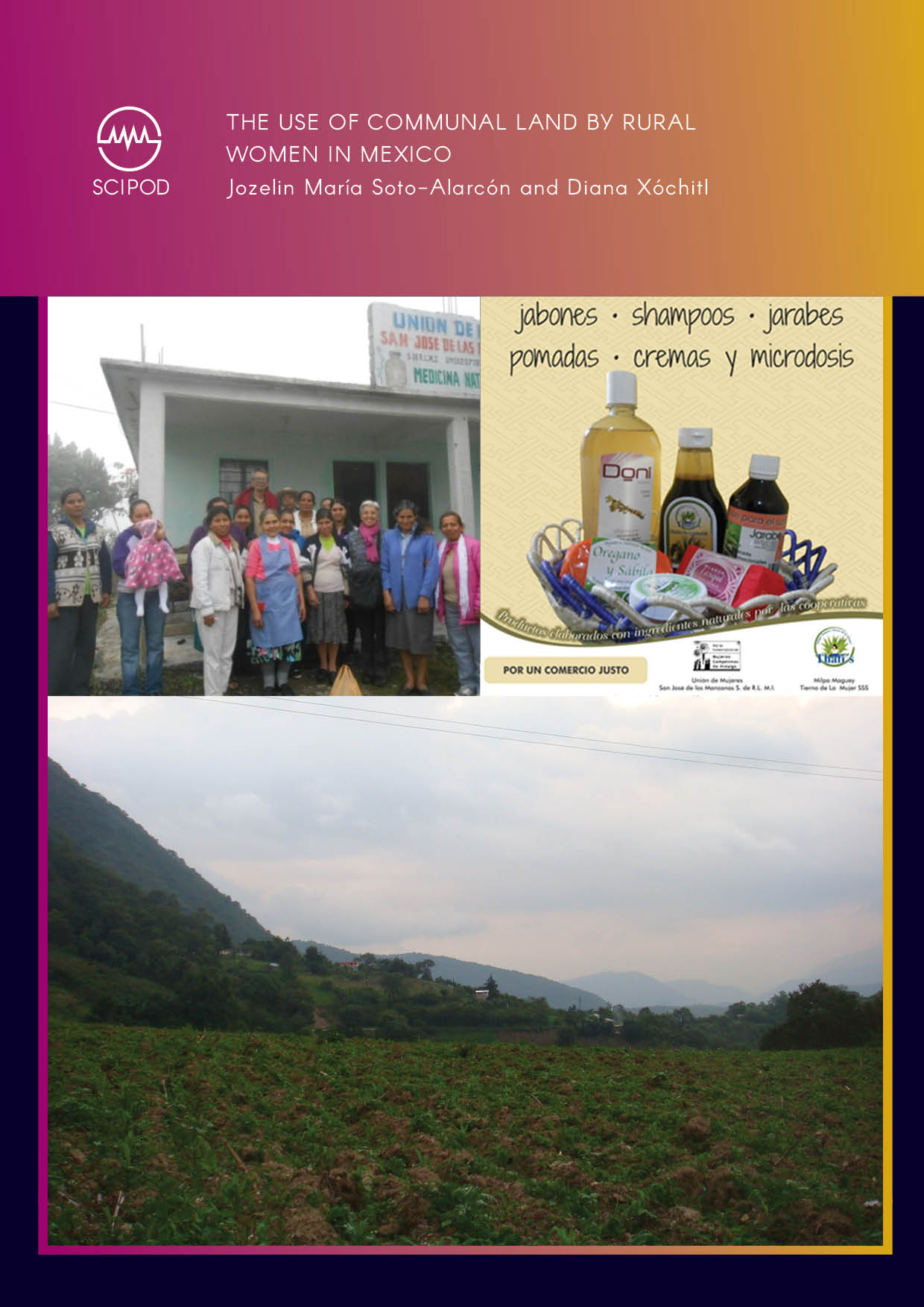
Dr Jozelin María Soto-Alarcón – Dr Diana Xóchitl González-Gómez | The Use of Communal Land by Rural Women in Mexico
The inability to access land is a major cause of poverty in agricultural societies. Women, who are less likely to own, rent, buy or inherit land, are particularly affected and access to communal land may provide a vital lifeline. Dr Jozelin María Soto-Alarcón and Dr Diana Xóchitl González-Gómez set out to investigate the use of communal land in a rural community in Mexico, investigating the strategies used by a collective of women to achieve access to this critical resource.

Caitlin Calio – Ann Higgins-D’Alessandro | Understanding the Experiences of Typically Developing Siblings of People with Autism
While research into the experiences of people with autism and their families is flourishing, there remains relatively little research on the experiences of typically developing siblings, particularly those on the brink of adulthood. Ms Caitlin Calio, Masters of Teaching, and Professor Ann Higgins-D’Alessandro at Fordham University in the USA, are dedicated to overcoming this important knowledge gap to help inform both theory and the development of appropriate practical support.
Increase The Impact Of Your Research!
Explore partnership opportunities
Unwind without the hassle. Enjoy fresh audiobooks, delivered free!
